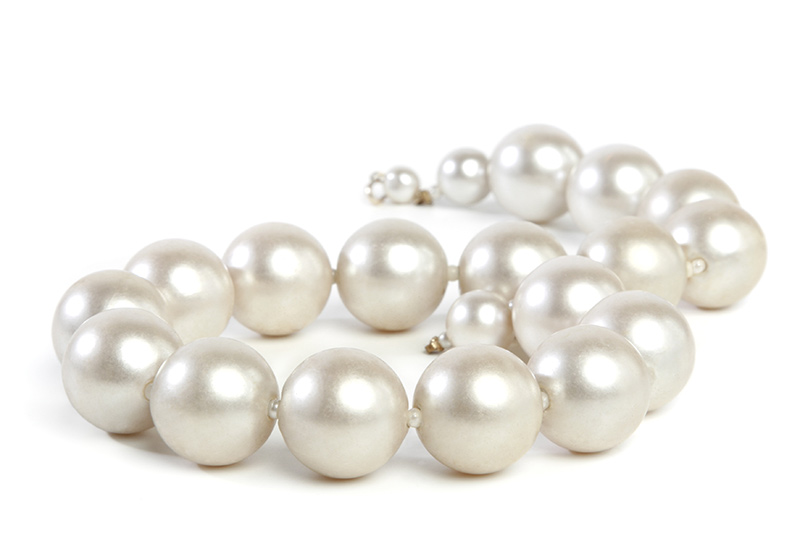Gemstones
Gemstone identification and Grading using the 4 Cs Of diamonds
COLOR
Color refers to the hue and saturation of the gemstone, with a more intense and vivid color commanding a higher value.
CLARITY
Clarity refers to the presence or absence of internal inclusions or external blemishes on the gemstone. The fewer of these factors the higher the quality
CARAT WEIGHT
Carat weight is the measure of a gemstone’s size and weight, with larger stones generally being more valuable.
CUT
Cut refers to the gemstone’s shape and the precision of the cut, with a well-proportioned and symmetrical cut enhancing the gemstone’s brilliance.
Gemstone Fun Facts

Opals are known for their unique “play of color,” which means that they can display a wide range of colors depending on the angle of the light hitting them. In fact, some opals can display as many as 20 different colors!
Read more about opals: https://www.gia.edu/opal-history-lore

The largest diamond ever discovered was the Cullinan diamond, which weighed a whopping 3,106 carats (621.2 grams) when it was found in South Africa in 1905. The diamond was later cut into nine large pieces, and several smaller ones. The two largest pieces are now part of the British Crown Jewels.

Rubies are actually a type of corundum mineral. They are well known for their vivid red color, which is due to the presence of chromium. The most sought after rubies are known as “pigeon’s blood” rubies.
Read more about rubies: https://www.americangemsociety.org/ruby-fun-facts/

While oysters are a common source of pearls, other types of mollusks such as mussels, clams, and abalone can also produce pearls. Additionally, not all oysters produce pearls, and the pearls that they do produce can vary in size, shape, and color depending on the species of oyster, its habitat, and other factors.
Read more about pearls: https://www.americangemsociety.org/gems-and-jewelry/about-pearls/
